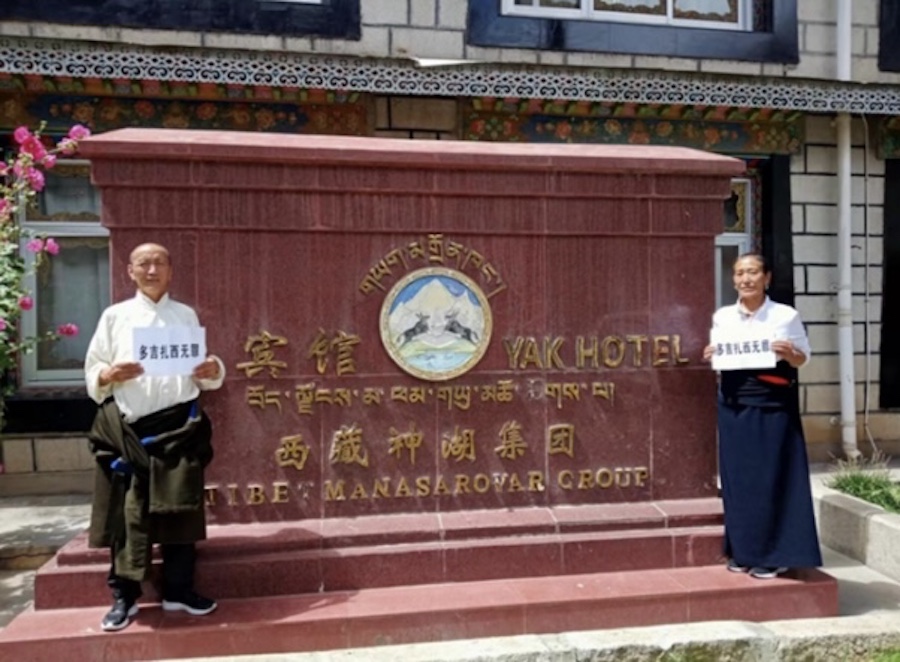For Tibet, climate change is a far more urgent issue than independence – its very survival is at stake
The Dalai Lama, according to the latest release of WikiLeaks cables, told US diplomats that, for Tibet, climate change is a more urgent issue than a political settlement. This will certainly dismay some of the more radical elements of the region’s independence movement. Many of the younger Tibetans in exile are already frustrated with their spiritual leader’s moderate and non-violent approach. For them, independence will always trump the environment.
But if the concern is the survival of the nomadic peoples of the Tibetan plateau, the Dalai Lama is right. Exile activists, with a familiar cast of celebrities and sympathisers, have done much to define western perceptions of Tibet as primarily a political issue. But the Dalai Lama’s efforts to secure a meaningful autonomy for Tibetans have not flourished. Nor has any pressure applied by the US measurably improved Tibetans’ freedom; and today, with an increasingly confident and nationalist China, the prospects for progress are in retreat.
Meanwhile, beyond the Himalayas, the profound and irreversible impacts of dramatic environmental changes are overtaking politics as a threat to the Tibetan way of life. The signs are everywhere: in melting permafrost; changes in surface water on the grasslands; disrupted rainfall patterns; and the retreat of most of the Himalayan glaciers – the largest store of ice outside the north and south poles.
Beijing has invoked climate change as the final argument for the forced settlement of about 100,000 Tibetan nomads, blaming them for damaging the vulnerable grasslands by overgrazing. The nomads’ new homes are bleak and isolated housing settlements, where they cannot keep their animals and where there are few other ways to make a living. The programme heralds the death of a way of life that has been maintained, sustainably, for centuries.
And, further, China’s ambition to integrate Tibet – with the pressure of inward migration by Han Chinese; rapid infrastructure development; and a push to exploit Tibet’s rich timber and mineral resources to fuel China’s economic growth – is putting heavy pressure on a rich but fragile environment.
The push for hydro-power development, part of China’s climate mitigation strategy, is leading to the world’s biggest programme of dam construction in the Himalayas – in a region highly prone to earthquakes and mostly built with scant regard to the interests of those downstream, or of the people whose homes and lands are drowned.
These are urgent threats to the habitat on which all Tibetans depend. Even in the unlikely event of an imminent political settlement, the impacts of damaging models of development and of climate change would continue. And while China’s policies are an important cause of the developing environmental crisis, so – as the Dalai Lama pointed out – is the lack of US action on climate change. The effects of rising temperatures on the plateau, already painfully evident, will continue for decades. But any hope of slowing or reversing those impacts depends on action taken now.
The Dalai Lama is 75 and the end of his leadership of the Tibetan people is in sight. He has announced his retirement and is unlikely to see a political settlement in his lifetime. Without him, Beijing calculates that the exile effort will falter and the last impediments to its Tibet policies will disappear. But Beijing would also do well to understand that, unless the Dalai Lama’s environmental warnings are heeded, theirs will be a hollow victory. And the US should see that to support Tibet’s political cause while doing nothing to prevent the climate change that risks devastating lives across the Himalayas amounts to little more than gesture politics.
[OPINION-DISCLAIMER]









